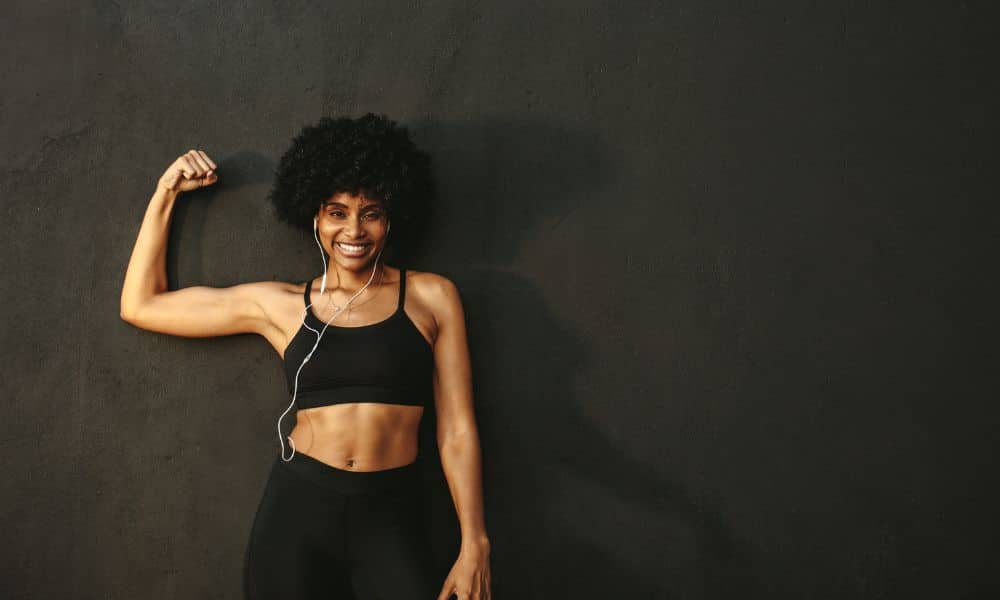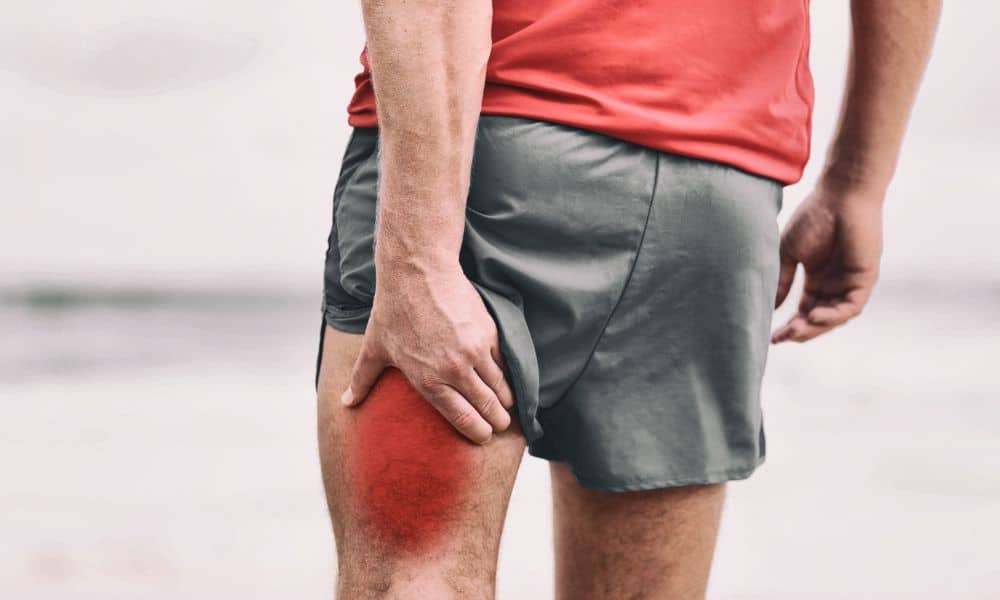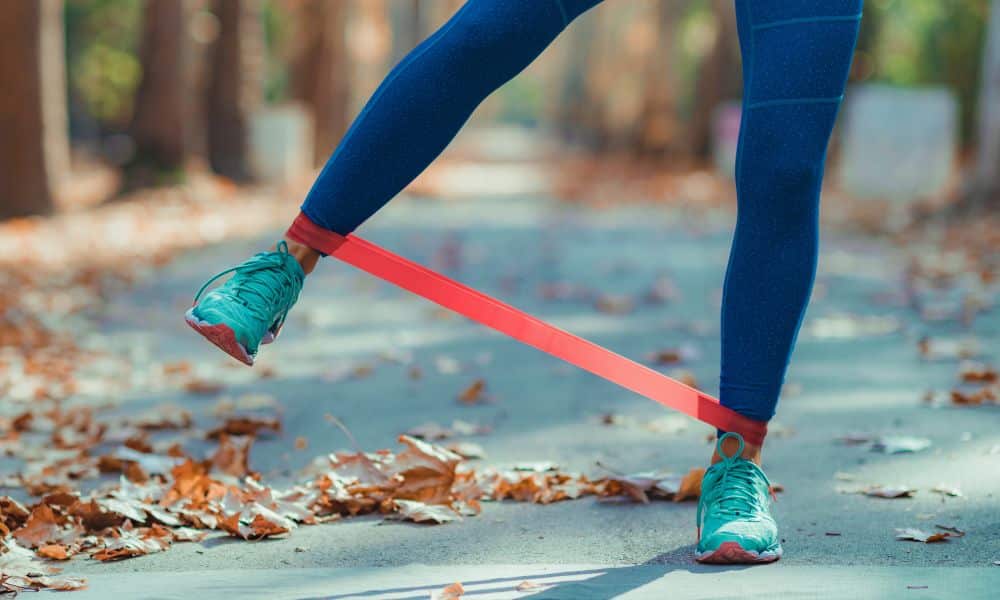How do you exercise the secondary muscles of the Legs? You might quickly point to your quads and hamstrings and tell them what they do. As for your soleus, plantaris, and gastrocnemius, do you know where they are or what they do?
Just like many gym-goers, you might be into working just your primary muscles and leaving out the secondary muscles. However, the secondary muscles are as important as the primary muscles. Also, they both work to provide your body with the movement and support it needs.
When you exercise your legs, the leg’s primary muscles do not work alone; the secondary muscles assist them.
Here is a list of the secondary muscles and their functions:
Calf Leg Muscles:
You can locate the muscles that make up the calf between the knee and foot. They include:
Gastrocnemius:
The gastrocnemius is a large muscle at the back of your lower leg. This muscle runs from behind your knee down to your heel. It has two parts or heads: the medial head and the lateral head, and they handle the definitive shape of your calf.
It also makes up a large part of your calf and helps you walk, run, and jump. The gastrocnemius also helps in extending the foot, ankle, and knee.
Soleus:
Like gastrocnemius, the soleus is a plantar flexor muscle and can apply plenty of force to the ankle joint. We can find the soleus at the back of your lower leg, which is multipinnate. It starts from the back of your knee and runs down to your ankle.
Also, this muscle acts as a pump, enabling the venous blood to be pumped back into your heart from the periphery while in an upright position.
Plantaris:
Alongside the gastrocnemius and the soleus, the Plantaris make up the triceps surae. It is a long and thin muscle behind your lower leg, crossing both the knee and the ankle joint. This muscle works with the gastrocnemius muscle.
Extensor Digitorum Longus:
The extensor Digitorum Longus muscle, also known as the EDL muscle, is a feather-like muscle in the leg’s anterior. The function of this muscle is the dorsiflexion of the foot. It reverses the foot and extends the toes.
Tibialis Muscles:
The Tibialis muscle is a fusiform muscle, i.e., those muscles in which all the muscle belly fibers are arranged parallel.
They are the most muscles in the anterior of the legs. It covers the anterior tibial vessels and deep fibular nerve in your leg’s proximal area. The Tibialis muscle dorsiflexes the foot at the talocrural joint and inverts it at the subtalar joint. It helps to maintain the medial arch of your foot.
Peroneus Muscles:
This muscle, also known as the fibular muscle, comprises two muscles (the Fibular Longus and Brevis) of your leg.
They are within the fibular compartment of your leg. The Fibular Longus and Brevis muscles move your upper and lower ankle joints. In addition, it acts as a stabilizer for your ankle.
Flexor Hallucis Longus:
The Flexor Hallucis Longus muscle is sturdy and found on your leg‘s fibula side. It supports Plantar Flexion and inversion of your foot. Also, it handles the flexion of your big toe.
Tibialis Posterior:
This is a small muscle behind your calf. It supports Plantar Flexion.
Extensor Hallucis Longus:
This thin muscle helps with foot inversion and eversion and bends your foot back.
Exercises for the secondary muscles
1. Ankle plantarflexion:
The ankle plantar flexion helps virtually every secondary muscle stay flexible. Also, to get the best out of this exercise, sit down and raise your leg above ground level.
2. Calf raises:
The calf raise helps to build the muscles in your lower leg. As a result, they help reduce the risk of injuries around the ankle and boost your ability to jump.
Also, doing calf raises consistently can provide the upper body with the support it needs for other activities.
To do the calf raise, get into a straight standing position. Then push your heels up till you are standing on your toes. Next, pause for up to 5 seconds and slowly return to your standing position.
3. Farmer’s walk on toes:
This exercise increases your awareness of your body muscles. It also helps to improve balance and stability. Carry dumbbells in both hands and hold them with your arms extended. Next, raise your heels until you are standing on your toes. Then, take a small step forward while still on your toes. Keep moving forward with small steps until you have made up to 30 steps.
4. Single-Leg Heel Raise:
This exercise helps to assess and improve your calf’s strength. It also stretches and strengthens your feet and ankles. To do this exercise, raise one of your legs and stand on your other leg’s toes. While standing on your toes, stand close to the wall for balance. Stay in this position for up to 5 seconds and slowly drop your leg.
5. Roll Out:
This is an effective way of relaxing the muscles and tissues in your feet. It helps to improve mobility and reduce the level of inflammation caused during exercise. To do this exercise, roll the sole of your feet over a lacrosse ball. Do this slowly and for up to 5 minutes per foot.
6. Stretching:
Stretching is another productive activity that can help exercise the secondary muscles. When you stretch, your muscles relax correctly, which helps avoid quick tiredness and weakness when working out the bigger muscles.
The last word on how to exercise the secondary muscles that support your legs
Engaging in activities and exercises to build the legs’ secondary muscles can be beneficial, especially for people looking to tone their legs, develop their entire body, or even athletes.
However, to exercise the secondary muscles that support your legs, you must use isolated exercises that target them. Equally important, compound exercises are ideal for the primary muscles. If you or someone you know is considering bodybuilding, share this article on Facebook or Twitter so that others can learn more about building muscle.




